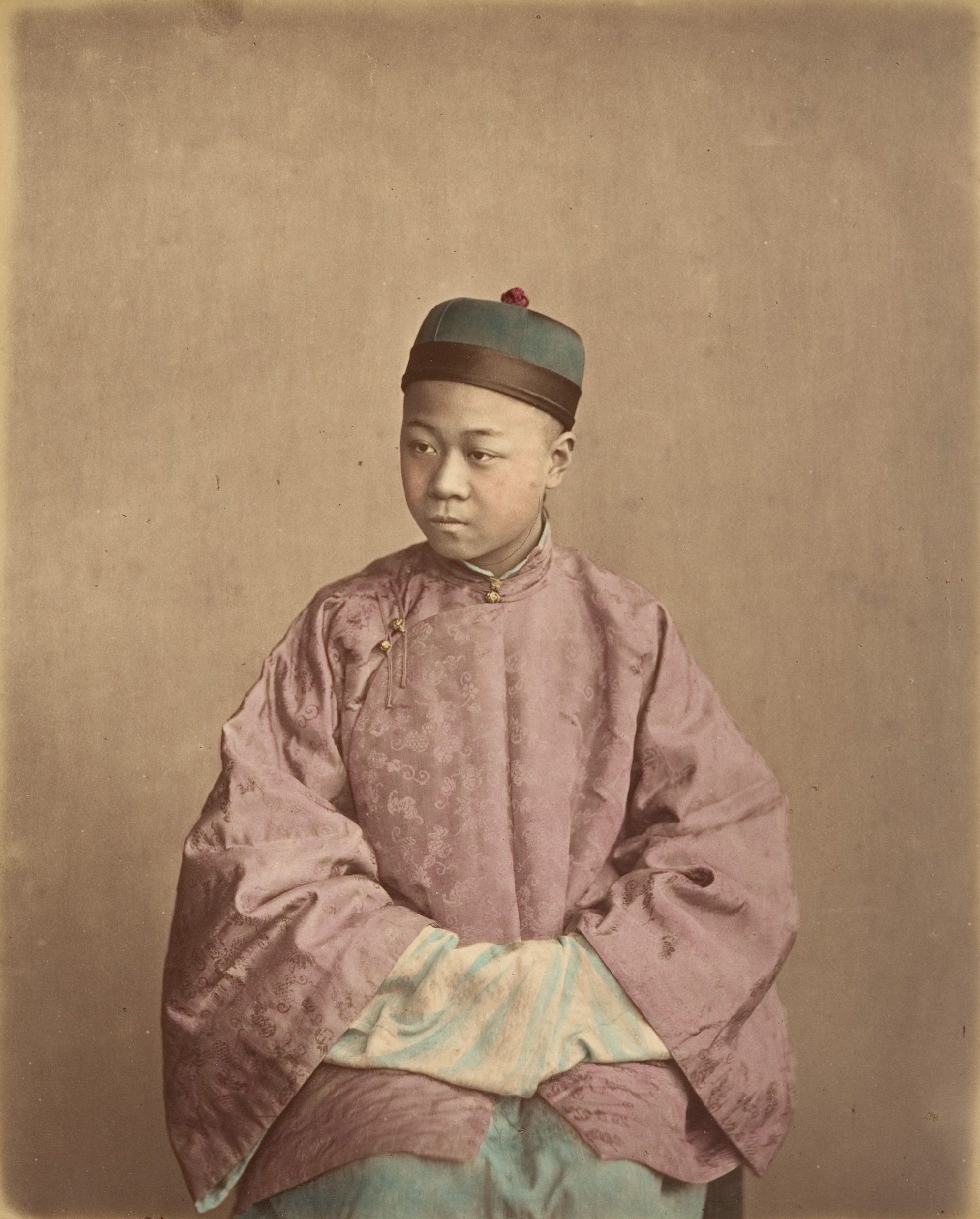
As China’s society goes cashless, how did ancient Chinese carry their money around?
- Pockets concealed in billowing sleeves were the preserve of the upper class, in which one could secrete coins, name seals, important letters and even medicines
- For people who had to use their hands for labour and wore tighter clothing, items know as dalian and hebao were used to carry cash and personal effects
I recently received a “designer” wallet as a gift. I use the qualifier reluctantly because I fail to identify any element of good design, aesthetic or functional, in an unremarkable wallet with the brand’s logo embossed on every conceivable surface.
It is too small to be of any use to me because I still carry large quantities of banknotes and coins, along with cards, shop receipts that promise future discounts, a postage stamp or two, and a lai see packet containing US$100 for any emergency that may arise.
If you were living in pre-modern China, how did you carry cash and other small, personal objects with you?
For the greater part of Chinese sartorial history, the upper class wore clothing with tapered sleeves – narrow at the armpits and wide at the cuffs. The sleeves’ volume varied across different periods, but in general, the further back in time, the bigger they were.

Sewn within the sleeves were pockets constructed in such a way that things inside would not fall out by accident.
You had to reach your hand into the pocket secreted in the sleeve of your other arm to fish out whatever it was that you wanted. This could be coins, pieces of silver or, when they were legal tender, paper money; your name seal; the seal of your office if you were a government official; important documents and letters; and even medicines.
‘Why do you still use cash?’ Money in China, from cowrie shells to QR codes
Baggy sleeves, however, were the preserve of people of leisure or individuals who did not labour with their hands.
Most people – farmers, fishing folk, shop workers, builders and other artisans – wore clothing that was cut close to the body and arms to facilitate movement.
If your active lifestyle necessitated narrower sleeves with smaller openings, where hidden pockets were impractical, then you could carry your personal effects in a dalian as you went about your day.
A dalian was a length of rectangular fabric with an opening in the middle and pockets on both ends.
You could wear your dalian around your waist, similar to a modern-day bumbag. If you were travelling longer distances and needed to carry more things, you could use a bigger dalian, which you slung across your shoulder or the back of a donkey or an ox.
The hebao, or pouch, was another way to hold your cash and other small objects. Whether elaborately embroidered or plain, these little fabric pouches secured by drawstring dangled from the belt and were used by all social classes across all time periods to carry loose change and other small objects.
In time, hebao became purely decorative or symbolic. During the Qianlong and Jiaqing periods (1736-1820) of the Qing dynasty, the emperor gave his four closest bodyguards brocade pouches at the end of the year as gifts, which were embroidered with the words “peace and well-being every year”.
Young women often made silk hebao, sometimes filled with scent, for the young men they fancied as a chaste token of their affection.
Despite the ubiquity of cashless payments and transactions today, which are making physical cash more obsolete, people still carry wallets and purses.
Painkiller on Netflix depicts US opioid crisis. China had one in the 1800s
Like the hebao, many are more decorative than they are functional, their monogrammed logos advertising their owners’ wealth or aspirations thereof.
I think I will re-gift my expensive but impractical wallet, or put it on eBay or Carousell. Somebody else will find a better use for it.

